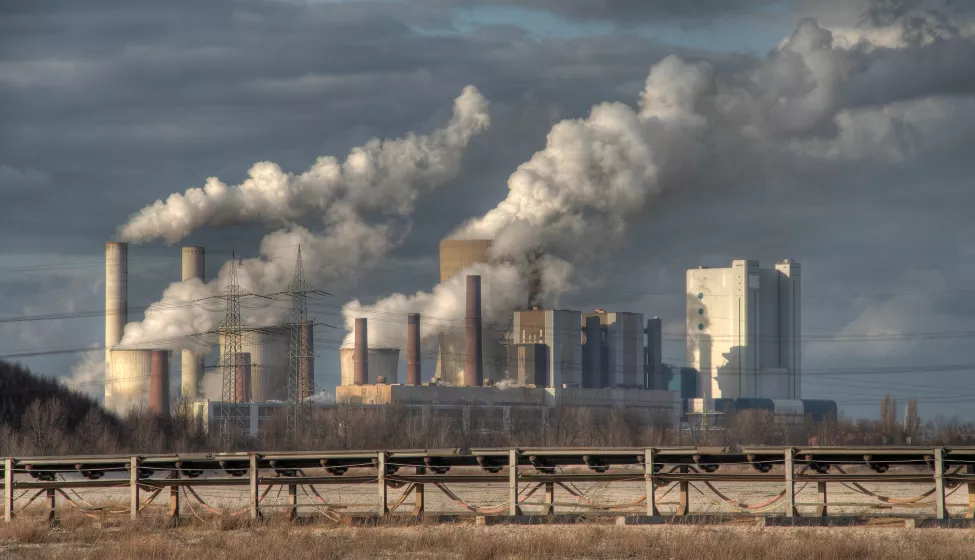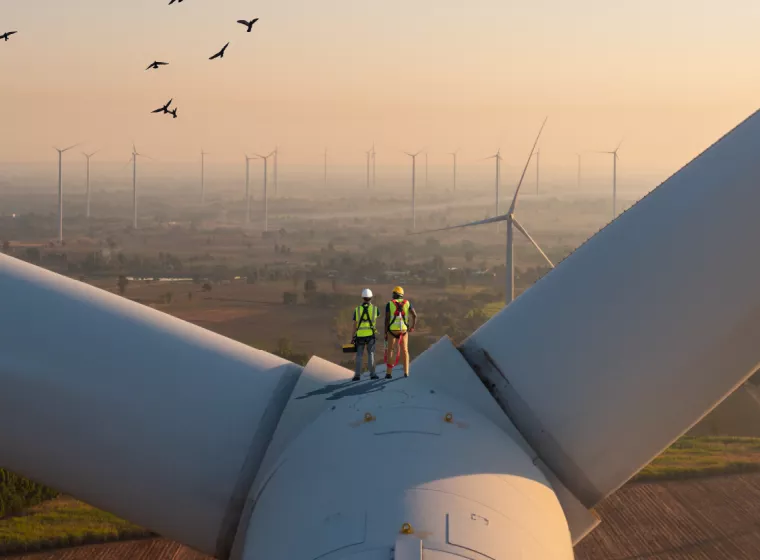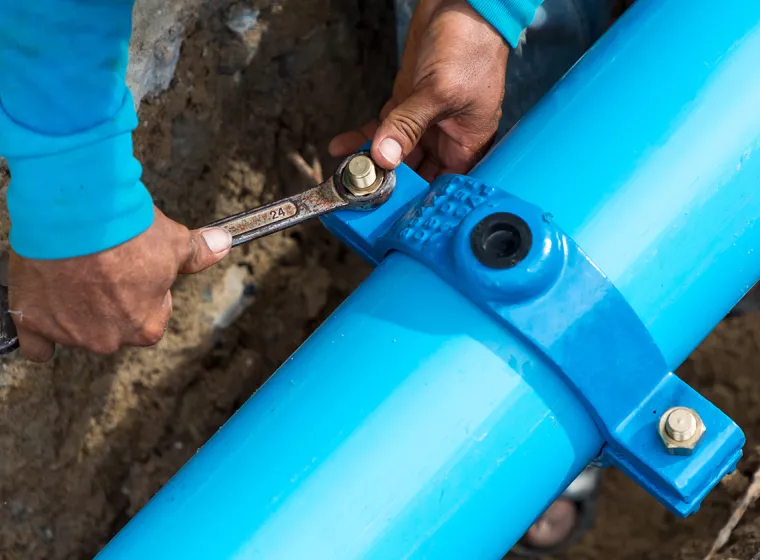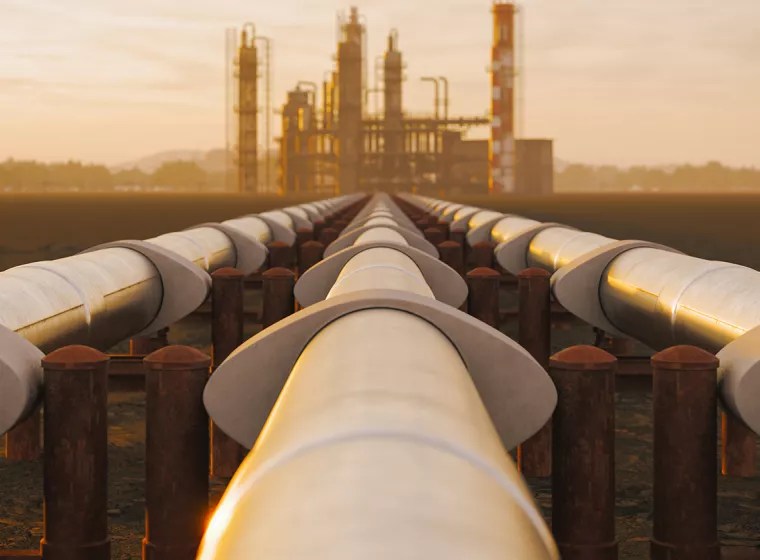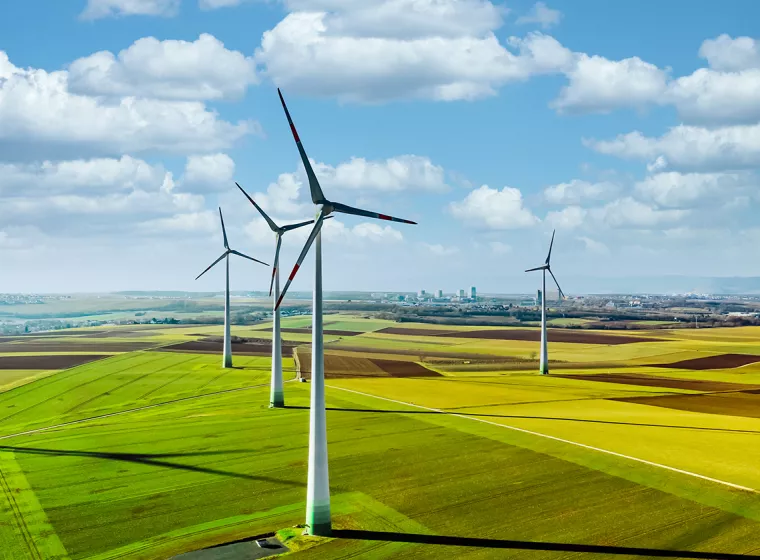May 8, 2024
Four new rules aim to reduce carbon, mercury, and coal ash pollution
The Environmental Protection Agency recently finalized new rules for power plant carbon, mercury, coal ash, and groundwater emissions. The new rules have been crafted under the Clean Air Act, Clean Water Act, and Resource Conservation and Recovery Act to reduce air, water, and land pollution related to power generation in the U.S.
These new rules apply to coal-fired power plants and new gas-fired power plants but not to existing gas-fired power plants. This rule will likely contribute to a trend away from coal-firing power plants to natural gas and renewables, which has been witnessed for more than a decade.
Per EPA, the new rules state:
- All coal-fired plants that plan to run in the long-term (beyond 2038) and all new baseload (capacity factor >40%) gas-fired plants must control 90% of their carbon emissions.
- Coal-fired power plants must lower emissions for toxic metals by 67% and mercury emissions by 70% from existing lignite-fired sources under updated Mercury and Air Toxics Standards (MATS).
- Coal-fired power plants must reduce pollutants discharged through wastewater by more than 660 million pounds per year.
- Power plants must manage coal ash that is currently placed in areas that were unregulated at the federal level until now, including at previously used disposal areas that may leak and contaminate groundwater.
EPA has tried to ensure the rules will stand up to legal challenges from the power industry. In a recent interview with The Verge, EPA Administrator Michael Regan explained, "We recognize that the Supreme Court has spoken on past cases. The fact of the matter is that we have learned from the results of previous court cases, and we're applying that knowledge moving forward. The four separate standards that we are issuing today are done in a very strategic manner that is consistent with the law and consistent with the Clean Air Act, the Clean Water Act, and all of our cleanup statutes as well."
Existing coal-fired power plants that plan to operate past 2038 have until 2032 to meet the carbon emissions standard. Plants that cannot meet the new standards must be shuttered by 2032. Plants that continue to operate past 2032 but are shut down before 2039 must meet a carbon emission rate limit based on 40% natural gas co-firing by 2030.
New gas-fired power plants will be covered under these rules. In particular new base load gas-fired power plants will be required to capture 90% of their carbon dioxide emissions starting in 2032. Intermediate and low load power plants are subject to less stringent standards. Currently operating gas-fired power plants, which account for approximately 40% of today's power generation, are not covered by the new rule. Those plants will be addressed under a different set of regulations. EPA is currently gathering input on these regulations in a non-regulatory public docket.
To meet the new standards, power plants will likely need to use carbon capture, transport, and storage technologies to funnel carbon emissions into storage facilities or underground vaults. These technologies pose new challenges, as carbon dioxide gas is challenging to store and poses unique risks due to its density. Power plants will need to explore safe strategies for carbon capture and storage.
What Can We Help You Solve?
Exponent's multidisciplinary team of mechanical and chemical engineers and environmental, thermal, and polymer scientists can help power plants assess the impact of EPA's proposed regulations on operations. We can help clients understand the opportunities and challenges associated with new requirements and evaluate potential emission reduction and carbon storage strategies.
Insights

